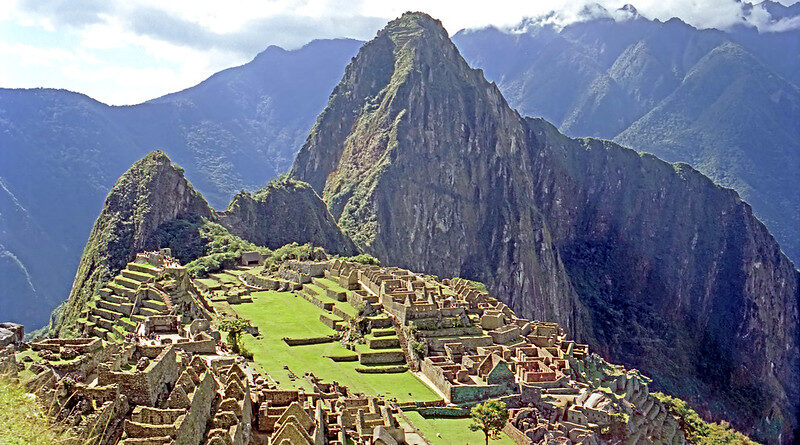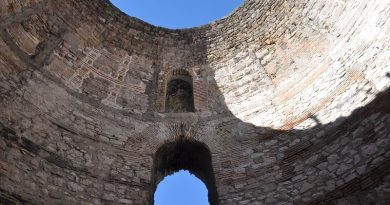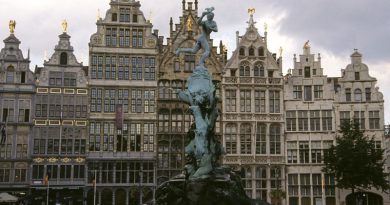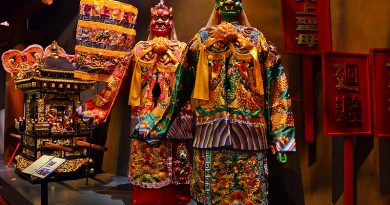A Short History of The Inca Empire
The most widespread empire in the Americas prior to European conquest; although the Inca civilization was long-lived, the Empire itself thrived for a relatively short period of time of just under a century. Centered around what is now modern-day Cusco in Peru, the Empire encompassed the majority of the continent’s Western coast, encompassing contemporary territories such as Argentina, Bolivia, Chile, Colombia and Ecuador.
A sophisticated Empire in contrast to the more spread-out Mayan civilization, the Incas built up territory through both violent annexation and more diplomatic assimilation. The Empire was ruled as a Federalist system, with the Sapa Inca as the divine, all-powerful leader of the state. In addition to being the de facto leader, his duties also entailed being the head of the state’s religion. The only other official with a comparatively high status was the Willaq-Umu or Chief Priest. In addition to the centralized government in Cusco, the Empire was divided into four suyus (districts): Chinchay Suyu, Anti Suyu, Kunti Suyu and Qulla Suyu. Culturally, the Incas are best remembered for their stunning architecture, which even Spanish conqueror Pizarro noted as spectacular. Indeed, architecture was by a considerable margin the most important of the arts within the Incan Empire.
Similar to other Mesoamerican cultures, the Incas believed in the concept of reincarnation, with death being a trying phase of life in which spirits had to undergo several trials to reach heaven, which bore several similarities to the Abrahamic notion of the afterlife. There were several bizarre and violent religious customs associated with the Incas, including cranial deformation and human sacrifice, both of which often included infant children.
Despite the glorious highs the Incan Empire achieved, it ended in bloody tragedy. Already vulnerable following a civil war and a smallpox outbreak, the arrival of Spanish Conquistadors proved to be the final nail in the coffin. Lead by the devious conqueror Francisco Pizarro, the Spanish, despite possessing a small army of 168 men, were far more technically advanced than the Incas. Furthermore, they enlisted the aid of tens of thousands of disgruntled natives of territory annexed by the Incas. Following the Battle of Puna in modern day Ecuador, Pizarro attempted to force the Incas into non-violent submission, but due to a language barrier, this did not work. Eventually, the Spaniards captured the Incan leader Atahualpa, and despite his offer to exchange a fortune in gold in silver, which the Incas fulfilled, they were cruelly deceived. Pizarro refused to release him, eventually having him and his brother Huascar executed, allowing the Spaniards to conquer the country. Indeed, it proved to be a cruel end to the Americas’ most formidable empire.
By Louis Cross




